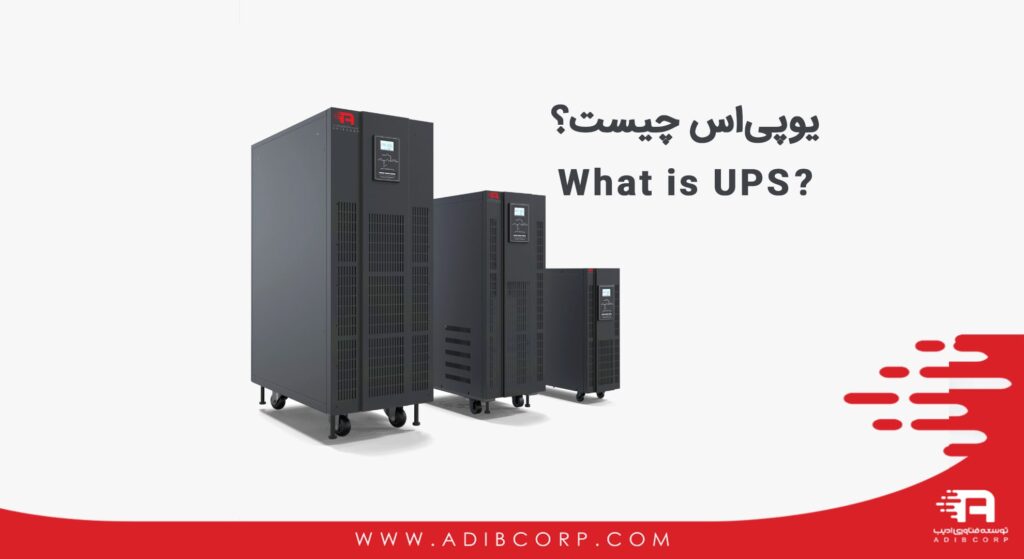So, what is an Uninterruptible Power Supply, or UPS?
An Uninterruptible Power Supply is a device that is used to keep computers and equipment safe when there is a loss, or a significant reduction, in the primary power source.
To achieve this, the UPS houses several batteries that take over when it detects a loss or reduction in available power.
Once this is detected, the control is transferred over to the batteries, and via an inverter, the batteries DC voltage is converted into AC for the devices.
In reality, it doesn’t have to be computers systems and equipment that are kept alive by UPS. It could be anything from a fish tank, to a foot massager!
We aren’t just talking about plain power outages, lights off, TV off, everything, but we can sometimes get spikes in power where a sudden drop can assure our devices are momentarily powered off, or something known as a brown-out.
This is where there is a voltage drop, either unintentionally, or intentionally. Sometimes in an emergency, there is a load reduction, caused intentionally.
With an Uninterruptible Power Supply, all of our systems can run as normal to compensate for the reduction in power. Clever!
The amount of time the UPS can sustain a system can vary, but it allows the opportunity for the issue to be resolved, or at the very least, allows for the systems to be shut down in a controlled manner.
Even the simplest UPS is made up of a number of parts. We’re going to look at the standard parts that you can find in a basic UPS system.
Standard Parts of a UPS System
Since a UPS is a system that uses batteries to power a system should the supply be compromised; we, of course, have batteries and a battery charger.
Since the batteries use DC current and our incoming supply is AC current, we need to convert DC to AC using an inverter.
Finally, we need a way of switching between the AC incoming supply and battery power.
For this, we use something called a “transfer switch”.
So, to break it down, these are the parts we need for a basic UPS system:
- Batteries
- Battery Charger
- Inverter
- Transfer Switch
A UPS provides second level surge protection, but although it does provide some protection, it should usually be used alongside an adequate Surge Protection Device (SPD) to extend the life of the UPS as well as the attached equipment.
Sounds simple, right?
We’ve already discovered a basic UPS system and what parts it includes.
Now, we’re going to find out all about the different types of Uninterruptible Power Supplies and what their typical functions are, on the next article.



